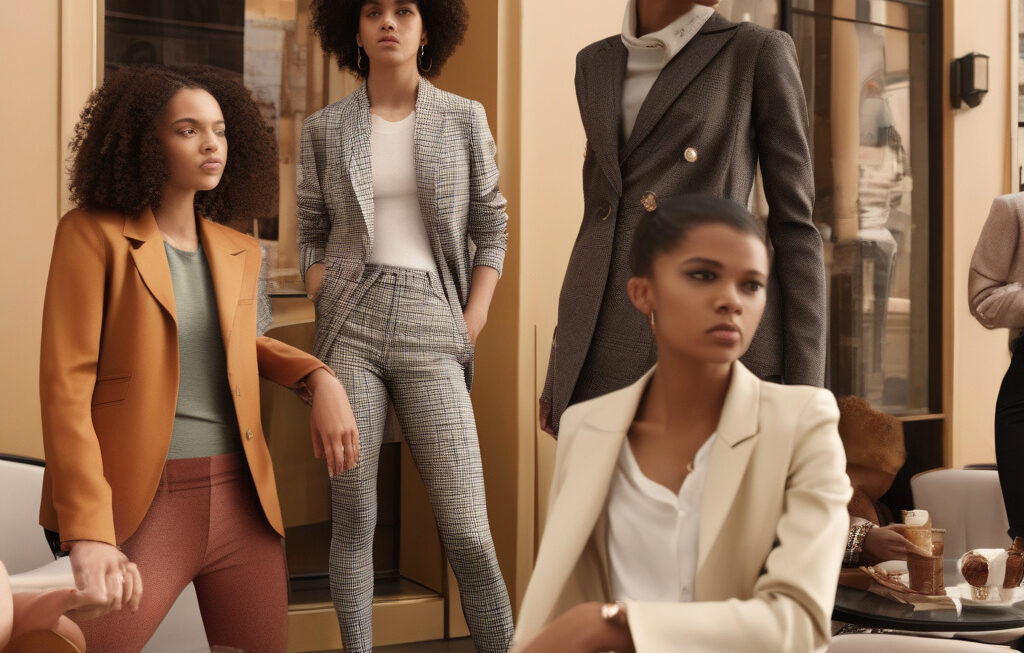Higher Clothing Prices Are Officially Here
The recent report from the US Bureau of Labor Statistics has sent ripples through the fashion industry – apparel prices are on the rise for the first time in months. This increase comes hot on the heels of President Donald Trump’s announcement of tariffs, leaving many consumers and retailers alike feeling the pinch.
The impact of these higher clothing prices is far-reaching. Consumers are now faced with the reality of stretching their budgets further to afford the same wardrobe staples they once took for granted. From t-shirts to jeans, and everything in between, the cost of clothing is steadily climbing. This shift is forcing many to reconsider their purchasing habits and prioritize necessities over wants.
Retailers are also feeling the heat as they navigate the delicate balance of maintaining profit margins while keeping customers satisfied. The imposition of tariffs has disrupted the traditional supply chain, leading to increased production costs that are inevitably passed on to the end consumer. As a result, businesses are being forced to strategize on how best to absorb these additional expenses without alienating their customer base.
One potential consequence of these higher clothing prices is the impact on the overall economy. As consumers redirect more of their income towards essential items like clothing, discretionary spending in other sectors may suffer. This ripple effect could have broader implications for industries beyond fashion, creating a domino effect that reverberates throughout the market.
However, amidst these challenges, there is also room for innovation and adaptation. Retailers that proactively seek out alternative sourcing methods, renegotiate supplier contracts, or explore new technologies to streamline production processes may find themselves better equipped to weather the storm of rising clothing prices. By thinking outside the box and embracing change, these companies can position themselves as industry leaders in a shifting landscape.
Moreover, this shift towards higher clothing prices could also pave the way for a resurgence in sustainable fashion practices. As consumers become more conscious of their purchasing decisions and opt for quality over quantity, there is an opportunity for brands to capitalize on this trend. By investing in ethically sourced materials, reducing waste in production, and promoting longevity in their products, companies can not only justify higher price points but also appeal to a growing segment of environmentally conscious consumers.
In conclusion, the uptick in apparel prices following the announcement of tariffs is a clear sign of the evolving landscape of the fashion industry. While the immediate impact may be challenging for both consumers and retailers, it also presents an opportunity for growth and adaptation. By navigating these changes thoughtfully and strategically, the industry can emerge stronger and more resilient in the face of uncertainty.
higher clothing prices, apparel industry, tariffs impact, supply chain disruption, sustainable fashion, evolving market.












